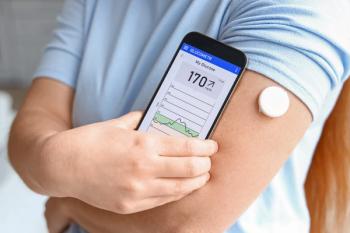
Study: Patient Perceptions of Safety, Efficacy Not Swayed by Generic Drug Appearances
Survey respondents contradicted prior research that has suggested that manufacturer changes in medication appearance affect perceptions of safety and effectiveness.
A study published in the American Pharmacists Association (APhA) Annual Meeting 2020 Virtual Poster Hall Gallery found that changes in medication appearance did not seem to affect patient perceptions of safety and efficacy, preferences with medication appearance, and responses to medication appearance changes.
According to the poster presentation, the study investigators stressed the prevalence of generic medications in the United States, as they comprise an estimated 70% of all prescriptions sold nationally. Although the FDA maintains that all generic drugs must be bioequivalent to the originator, it does not enforce any consistency in the color, shape, and size of these medications.
Prior studies have indicated that patients depend on pill appearance to ensure they are taking the correct medication, indicating that individuals are more likely to be nonadherent or experience adverse health outcomes if they experience a change in the appearance of their medications.
Investigators provided patients at Walgreens in Richmond, Virginia, who had experienced a medication manufacturer change within the last 12 months, with a 34-question survey to assess patient perceptions. Questions included:
- If you received a generic pill with a new appearance during a routine refill, would you think the new pill could be less effective?
- How often do you rely on pill appearance to make sure you are taking the correct drug?
- Would you pay an extra copay to ensure a routine medication would always be the same size, shape, and color?
- After taking the new medication, did you:
o Experience new adverse effects? Stop taking the medication?
o Switch back to the pill with the past appearance?
Investigators additionally assessed population data. The most prevalent prescription appearance changes for this population study were for psychiatric drugs (40%), hypertension (20%), respiratory drugs (13%),and seizure (13%). Other medication classes included birth control, antibiotic, pain management, and migraine.
A total of 53.3% responded that their new pill would not be less effective; and 86.7% responded that they don’t believe their new pill would be less safe.
Limitations included that the study was conducted at a single site, had a small sample size, and had a duration of 4 months.
The investigators recommended that this, in conjunction with future studies on the topic, have the potential to contribute to the “Know Your Medicine, Know Your Pharmacist” campaign, which highlights the importance of pharmacists in the health care system and encourages patients to get to know their pharmacist, which is the best way to learn about their medication.
References:
1. Ngo JM. Salgado TM, Caldas LM. Patients’ perceptions of changes in the appearance of generic medications. VCU School of Pharmacy. Presented at: APhA Annual Meeting 2020; online.
Newsletter
Pharmacy practice is always changing. Stay ahead of the curve with the Drug Topics newsletter and get the latest drug information, industry trends, and patient care tips.




































































































































